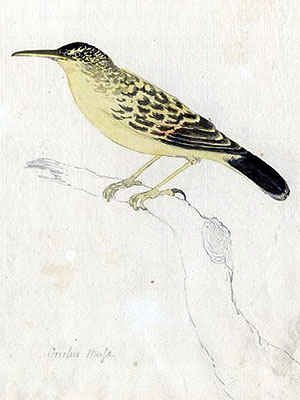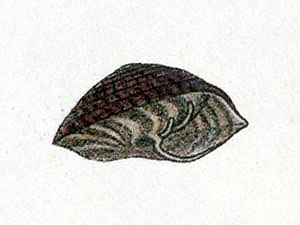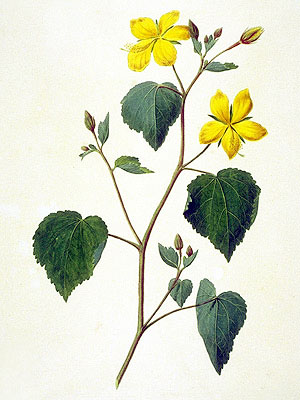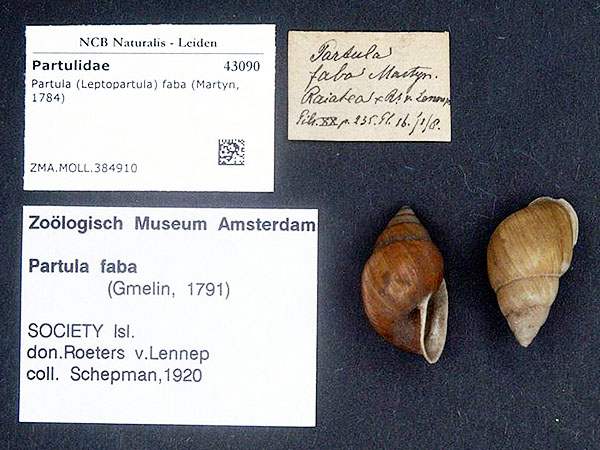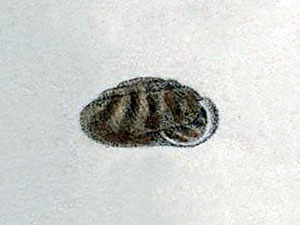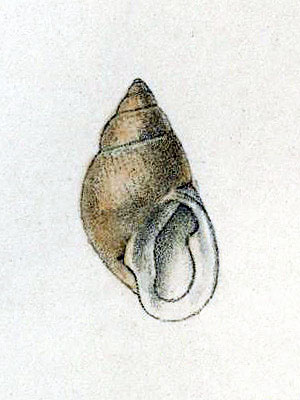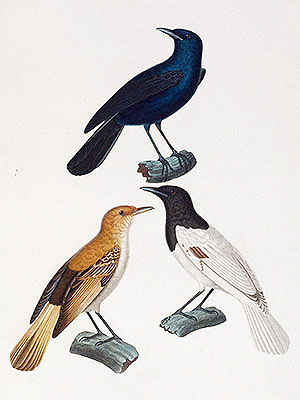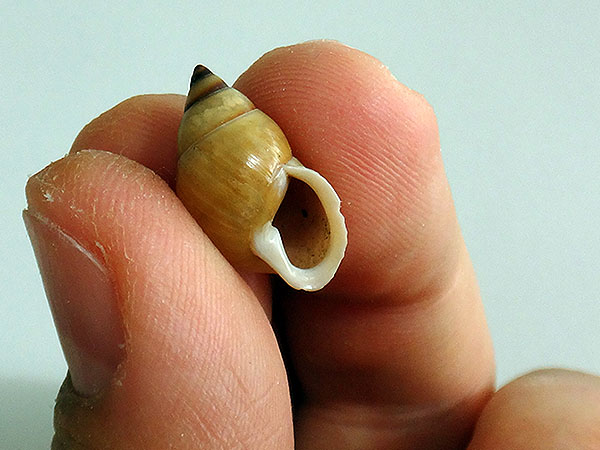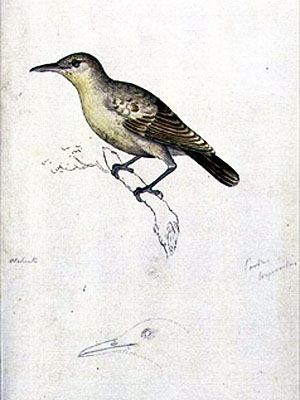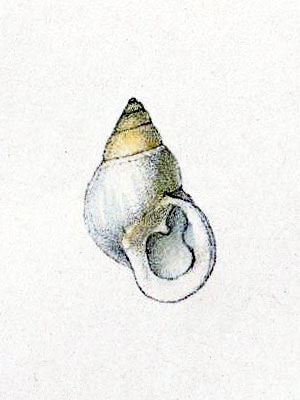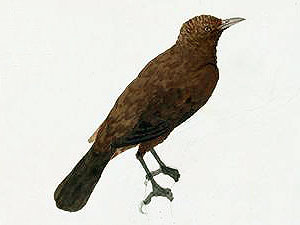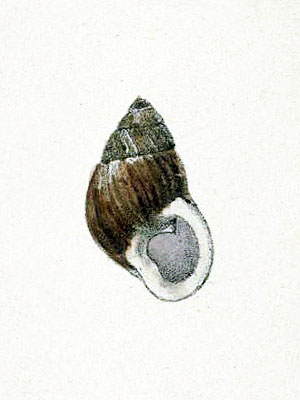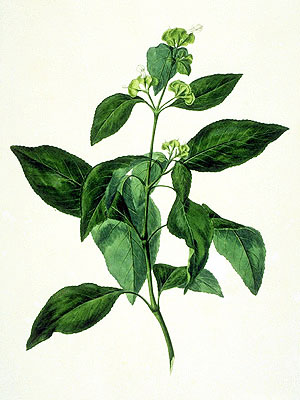Sinoto’s Lorikeet (Vini sinotoi)
The genus Vini contains seven species, two of which are extinct now – all of them are or were endemic to the Polynesian faunal region.
The populations of all species contracted greatly after the arrival of humans, on the other hand several species were brought to other places by early Polynesians.
Kuhl’s Lorikeet (Vini kuhlii (Vigors)) for example was, until recently, restricted to the island of Rimatara, Austral Islands, and was actually believed to have always been endemic to that island, but is now known to have once been much more widespread, having inhabited many other islands in the Austral group as well as most of the islands in the Cook Archipelago. The species was introduced to at least two of the atolls in Kiribati by early Polynesians, and was finally reintroduced to the island of ‘Atiu, Cook Islands in 2007.
The Blue Lorikeet (Vini peruviana (Müller)) was originally probably endemic to the Society Islands, where it is now restricted to two small atolls, but was brought by early Polynesians to Aitutaki in the Cook Islands, and to several atolls in the Tuamotu Archipelago, where it is now much more abundant than in its original range.
Stephen’s Lorikeet (Vini stepheni (North)) is restricted to Henderson Island, but may probably have been more widespread in former times.
The Ultramarine Lorikeet (Vini ultramarina (Kuhl)) is endemic to the Marquesas, where it once was widespread, but is now restricted to a single island.
***
Sinoto’s Lorikeet was described in 1987 from subfossil bones which were found on Huahine, Society Islands and on Hiva Oa, Tahuata, and Ua Huka in the Marquesas, thus this species was widely distributed and often lived sympatric with one or two congeneric species. Sinoto’s Lorikeet was the largest of its genus, and must have reached a size of about 30 cm. [2]
***
BTW: There are very interesting accounts of parrots, said to have formerly occured on several of the Society Islands, mentioned by Teuira Henry in ‘Tahiti aux temps anciens’. [1]
*********************
References:
[1] Teuira Henry: Tahiti aux temps anciens; trad. de l’anglais par Bertrand Jaunez. Paris: Société des Océanistes 1951 [2] David W. Steadman: Extinction and Biogeography of Tropical Pacific Birds. University of Chicago Press 2006
*********************
edited: 11.02.2020

